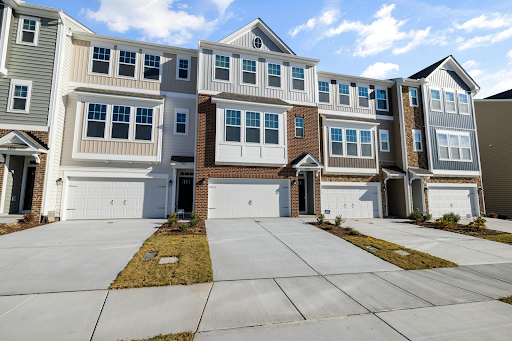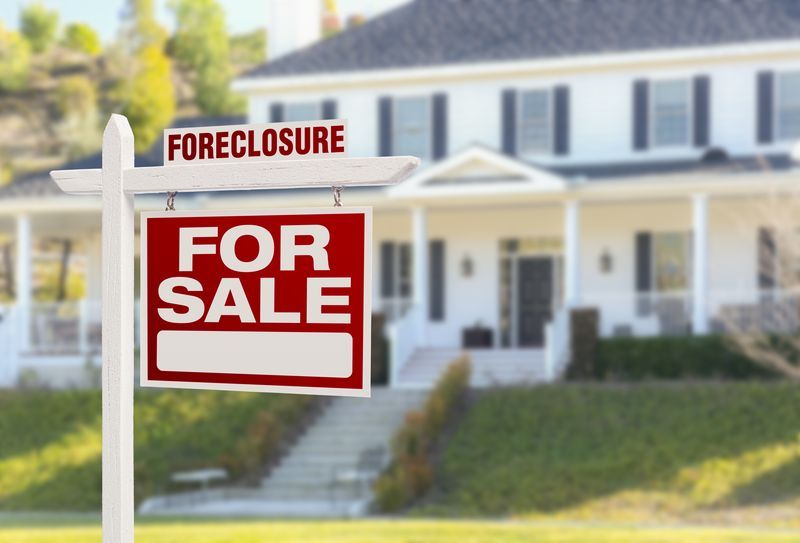How to Avoid Common Pitfalls When Selling Your Home 'As-Is'
February 14, 2025
Selling a home “as-is” can offer significant advantages for homeowners looking to avoid the time and expense of making repairs. Whether motivated by financial limitations, a tight schedule, or a belief that certain improvements would not add sufficient value, listing a property as-is lets you place the responsibility for any needed fixes on the buyer. However, even though this approach can spare you from substantial expenditures, it is not automatically simpler. Various pitfalls can undermine the process if you do not handle them with care. By structuring your approach around strategic pricing, honest disclosures, and open communication, you will stand a far better chance of reaching a smooth and satisfactory deal.
Understanding the Risks of Overpricing
Sellers who list an as-is home often fall into the trap of overpricing. Emotional ties to a property and memories formed there can inflate subjective perceptions of value, but buyers and appraisers look purely at market realities. Homes that are listed too high rarely attract the foot traffic or interest needed for a timely sale. Overpricing can give the impression that something is hidden or that the seller is not serious, prompting potential buyers to pass it by. A more strategic approach involves first gathering comparable sales data and, if needed, hiring an appraiser or a trusted real estate agent who understands your local market. By setting a price that accurately reflects your home’s condition and respects current demand, you improve your chances of attracting serious buyers who recognize the property’s potential instead of dismissing it as inflated.
The Importance of Proper Disclosures
Another misconception among as-is sellers is that they no longer need to disclose. In reality, most jurisdictions require anyone listing a home to outline known defects. While the thought of highlighting problem areas may feel counterintuitive, it can spare you from future legal entanglements and canceled deals. A buyer discovering concealed or undisclosed issues during inspection can back out of a contract or even take legal action, so transparency protects everyone involved. Acknowledging known issues, from a defective heating system to chronic leaks in the basement, actually positions you on honest footing with prospective buyers.
Setting Realistic Expectations with Buyers
Sometimes, sellers believe that placing an as-is label on a listing means buyers will turn a blind eye to defects and not request any changes. In practice, many banks and lenders require homes to meet specific standards
before releasing funds, which complicates the transaction should a major issue arise. Some buyers themselves might ask for modest concessions or ask you to fix critical issues that impact habitability, safety, or financing. Refusing to entertain any conversation about minor repairs can drive away promising buyers, so be prepared to discuss the condition of your home and whether certain items might be negotiable.
Pricing Strategies for an As-Is Home
Determining the right price involves a nuanced calculation of potential repair costs, market conditions, and what comparable properties have sold for in your area. Sellers might fear that a lower initial price signals desperation or reduces overall profit, but a thoughtful pricing strategy can actually generate more interest. Serious buyers who understand the property’s as-is nature often appreciate the clarity of a reasonable list price. They know how to weigh the trade-off between lower purchase cost and higher post-sale renovation expenses.
Since most as-is properties need more than a little cosmetic work, investing in a professional appraisal or having at least one licensed home inspector gauge the scope of repairs can be extremely helpful. Those documents can be shared with prospective buyers, allowing them to see precisely what might require attention. When you illustrate that you have done your diligence, your pricing becomes easier to justify.
Showcasing a Home’s Strengths
Selling as-is does not mean ignoring a home’s strong points. Buyers looking for a property to sculpt into their vision often appreciate features such as ample natural light, solid bones, or a large, versatile backyard. Draw attention to these elements in your listings and during showings. Even though the house may need repairs, emphasizing what makes the property unique encourages buyers to visualize the home’s future potential.
Managing Showings and Inspections
To avoid uncertainty, be readily available to accommodate showings during times that make sense for serious buyers. Expect that they will bring inspectors or contractors to evaluate the property’s condition. Being present and receptive to their concerns produces a better impression than appearing defensive or absent. When issues are noted on the spot, you can respond with calm assurance that you have disclosed all relevant details or direct them toward any documentation you have.
Choosing to list your home as-is can save you time, money, and stress, but success hinges on avoiding common missteps that can derail the process. Overpricing, failing to disclose necessary information, and neglecting to establish realistic expectations create needless hurdles on the path to closing the deal. Proactive measures all help steer the sale toward a positive outcome. Sellers who embrace these principles will likely find an as-is strategy well worth the effort, yielding both a smoother transaction and more satisfied parties. Reach out to a buyer near you to learn more about selling your damaged home as-is.










